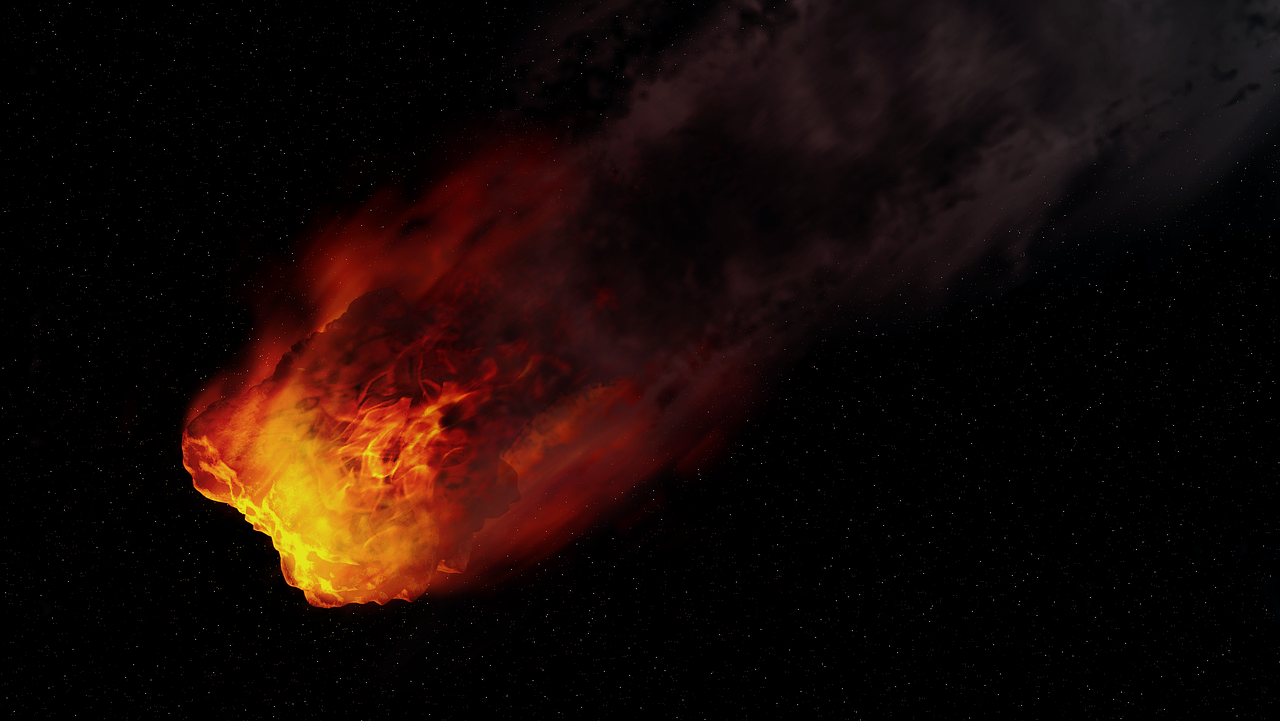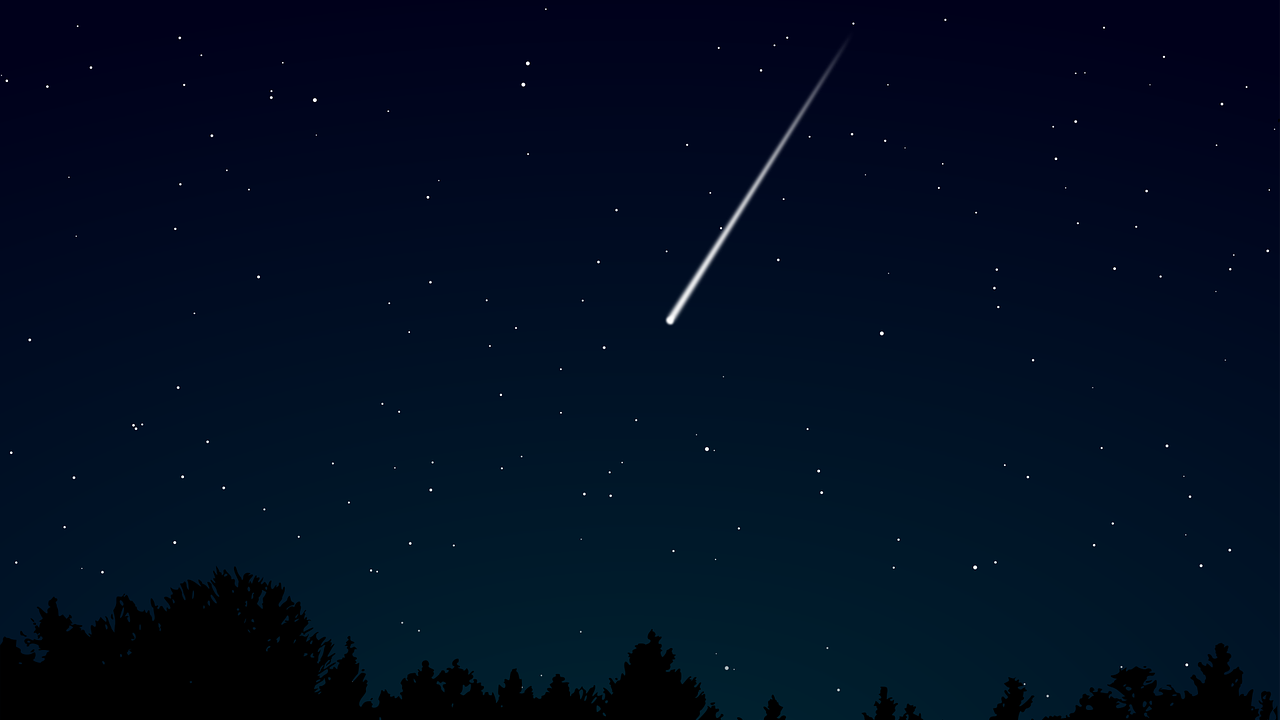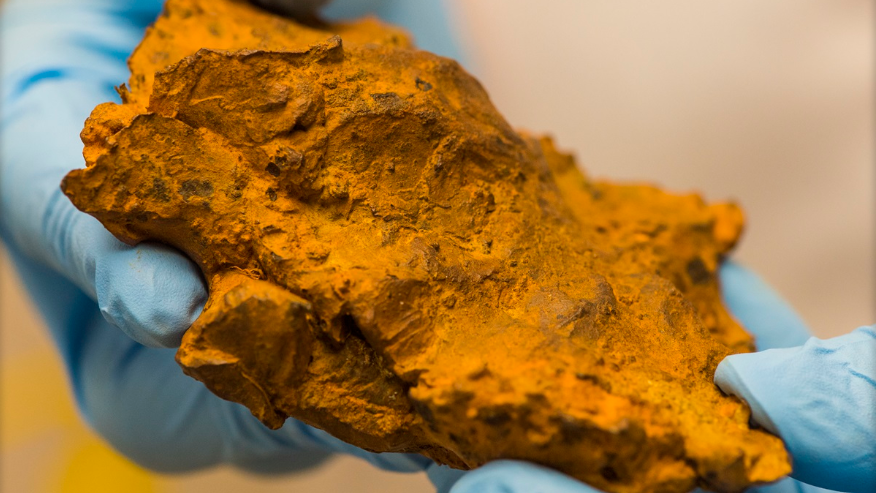Meteorites (and meteowrongs)
Welcome to the Meteorites page at the University of Alberta. Here you will find information on how to tell meteorites apart from Earth rocks that look like meteorites ("meteowrongs"), the importance of classifying and naming meteorites, and the services that the University provides for analyzing and classifying meteorites.
On this page:
Meteorites, a.k.a rocks from outer space, are a lot more rare than you might think. Most people will find neat-looking porous rocks and assume they have found a meteorite, but often they've found slag, chert, or pyrite. Luckily, the University of Alberta has some meteorite experts on hand who have outlined some preliminary tests anyone can conduct to tell the difference between space rocks and impostor rocks from Earth.
Four tests to screen for meteorites:
- Check if the specimen feels unusually heavy for its size. Many meteorites (typically iron meteorites) are quite dense and feel heavier than most Earth rocks.
- Test the specimen's magnetism using a standard fridge magnet. Nearly all meteorites contain iron-nickel metal and attract magnets easily.
- Check for holes or bubbles in the specimen. A true meteorite will not have any holes or bubbles at all. If your specimen does, it's likely slag or some other stony matter.
- Examine the outer-layer of the specimen for a thin, black, eggshell-like crust. When a meteor falls through Earth's atmosphere, the outer surface of the rock melts, forming what's known as a fusion crust.
If your rock passes all these tests, you might have yourself a meteorite. You can watch our "How To Spot a Meteorite" video on this page for more information and you can also use our Meteorite Reporting System to fill out a report and upload photos for an expert to look at.
Join Professor Chris Herd, resident meteorite expert and curator of the University of Alberta Meteorite Collection, as he walks you through 4 simple tests that will help you tell the difference between a space rock and an Earth rock.
Think you've found a meteorite?
If you think you've found a genuine space rock, conduct the four steps outlined in the video above. If your rock passes all the tests, you might have a bona fide meteorite.
Click the button below and fill out a report form in our Meteorite Reports System and you will be contacted if your rock looks like it might be the real thing.
Video tour of the U of A meteorite collection
Dr. Chris Herd and Dr. Patrick Hill take you through the University of Alberta meteorite collection and curation facility.
Meteorite hunting is encouraged, but we cannot stress enough that hunters should refrain from trespassing on private property (such as farmers' fields, which often take up much of a suspected fall zone). If you are lucky enough to find a space rock on public property (such as on roadsides), it's yours to keep. We only ask that you please report it using our Meteorite Report System so our scientists can classify it for you and take a sample of the specimen for study (with your permission).
August 2019 Fireball Event
On August 31st, a fireball ignited the night sky east of Edmonton, and meteoriticists were hopeful fragments of the rock landed somewhere nearby.
After some research and calculations, scientists at UAlberta and Curtin University in Perth, Australia, have triangulated the most likely location where meteorites fell: southwest of Camrose, Alberta, as demonstrated in our potential landing zone video on this page.
Meteorite hunting is encouraged, but we cannot stress enough that hunters should refrain from trespassing on private property (such as farmers' fields which take up much of the suspected fall zone). And if you are lucky enough to find a space rock on public property (such as on roadsides), it's yours to keep. We only ask that you please report it using our Meteorite Report System so our scientists can classify it for you and take a sample of the specimen for study (with your permission).
Our scientists and their partners in Australia have triangulated the most likely fall zone for August's fireball to be southwest of Camrose, Alberta. Find out the best spots for meteorite hunting in this video.
Meteoroid
Meteoroids are objects from space that cross Earth's path. They are blocks of rock that have broken off of even larger objects like asteroids or the surfaces of other planets (such as the Moon or Mars). Once these blocks enter the Earth's atmosphere they form meteors.
Meteor
A meteor is the atmospheric phenomenon (a streak of light) created by a meteoroid as it passes through the Earth's atmosphere. The light is formed because the meteoroid is traveling very rapidly (over 60,000 km/h), and friction with the Earth's atmosphere causes the object to heat up and give off light.
This phenomenon creates what some call shooting stars or fireballs. A shooting star is a faint meteor, created by a tiny object-about the size of a grain of sand. A "fireball" is a very bright meteor caused by a larger object-from tens of centimeters to about a meter across. Fireballs sometimes herald the arrival of meteorites.
Meteorite
If a meteoroid is sufficiently large, there will be pieces left over after the object has burned through the Earth's atmosphere. These pieces are meteorites-rocks from space.
Depending on how strong the meteoroid is, there might be either one large meteorite or a range of smaller meteorites that fall to the ground over a wide area called a strewnfield. Strewnfields can span across many kilometers.
If the fall of a meteorite is recorded or witnessed (and we know the time and date when it fell), it is called a fall. If the fall of the meteorite was not recorded or witnessed, it is called a find.
Meteorite services at the University
We have the necessary tools at the University of Alberta to gather all information required to classify a new meteorite of any type. Also, the University of Alberta Meteorite Collection is an official Type Specimen Repository for meteorites-one of only three in Canada. In this way we meet all the requirements for new meteorite naming (see What's in a name?).
Fee structure
The costs for analysis differ depending on the type of meteorite. The fees provided below are subject to change and are a minimum. Please note that these services are available only for samples that have already been identified as meteorites.
Classification services are currently being done on a limited basis. Please contact us for more information.
All work is guaranteed. Invoices must be paid prior to the work being started.
Iron meteorites |
Ordinary chondrites and other types |
|---|---|
|
|
|
Price includes:
|
Price includes:
|
| *The type specimen is required according to the Meteoritical Society's guidelines. If needed, we can cut and remove the type specimen here using specialized cutting equipment. | |
What's in a name?
Meteorites are named after the place where they are found, and every meteorite has its own, distinctive name. This is to avoid confusion in common usage, as well as in scientific publications.
The Nomenclature Committee (NomCom) of The Meteoritical Society is in charge of naming meteorites, and setting up and maintaining guidelines for how meteorites are classified and named. The guidelines give information on what happens when more than one meteorite is found in the same area, for example. The NomCom also reports on new meteorites in the Meteoritical Bulletin and in the Meteoritical Bulletin Database. More information on meteorite names can be found on The Meteoritical Society's meteorite names page.
Why is it important for meteorites to have official names?
The main reason is to avoid confusion. For instance, if someone is writing an article about the Edmonton meteorite, they need to make it clear whether it is Edmonton (Canada) or Edmonton (Kentucky).*
*This is an example of naming of meteorites that was done before the Meteoritical Society rules came into place.
Another, very important reason is for science. Naming a meteorite involves gathering enough information, for example through analysis of the meteorite's composition, to classify it relative to known meteorites from around the world. Since most meteorites originally come from asteroids, classification allows scientists to infer whether a group of meteorites (for example, the IIAB iron meteorites) are from the same "parent" asteroid.
Also, the NomCom Guidelines require that a type specimen be deposited into an official Type Specimen Repository. The reason for this is so there is a piece of the meteorite indefinitely curated in a collection and made available for scientific research. The type specimen has to be at least 20 grams or 20% of the mass of the meteorite, whichever is less (according to the guidelines).
How do meteorites get officially named?
There are a number of steps involved in getting an official name for a meteorite. The process here at the University of Alberta is as follows:
- A suspected meteorite is identified (see How to Identify a Meteorite).
- The owner of the meteorite sends a sample that meets the requirement for a type specimen and agrees to the fees involved (see Meteorite Services).
- The owner of the meteorite provides information on when and where the meteorite was found (or purchased) and the total mass of the meteorite, as well as any photos showing the main mass.
- Scientists remove a piece (or pieces) from the type specimen and arrange to prepare and analyze it. The type of analysis required depends on the type of meteorite (see Meteorite Services).
- The meteorite is analyzed. The results from analysis are reviewed and compiled (along with the information on how the meteorite was discovered) into a table, which is then submitted to the NomCom along with a proposed name.
- The information provided is converted into a write-up, which the NomCom reviews.
- If everything is in order, the NomCom approves the name, and the meteorite and its write-up are uploaded into the Meteoritical Bulletin Database and later published in the Meteoritical Bulletin.
- Finally, the owner is invoiced for services rendered.
The process typically takes between three and nine months, depending on the type of analysis, the availability of facilities, and how busy the NomCom is with new meteorite submissions.



